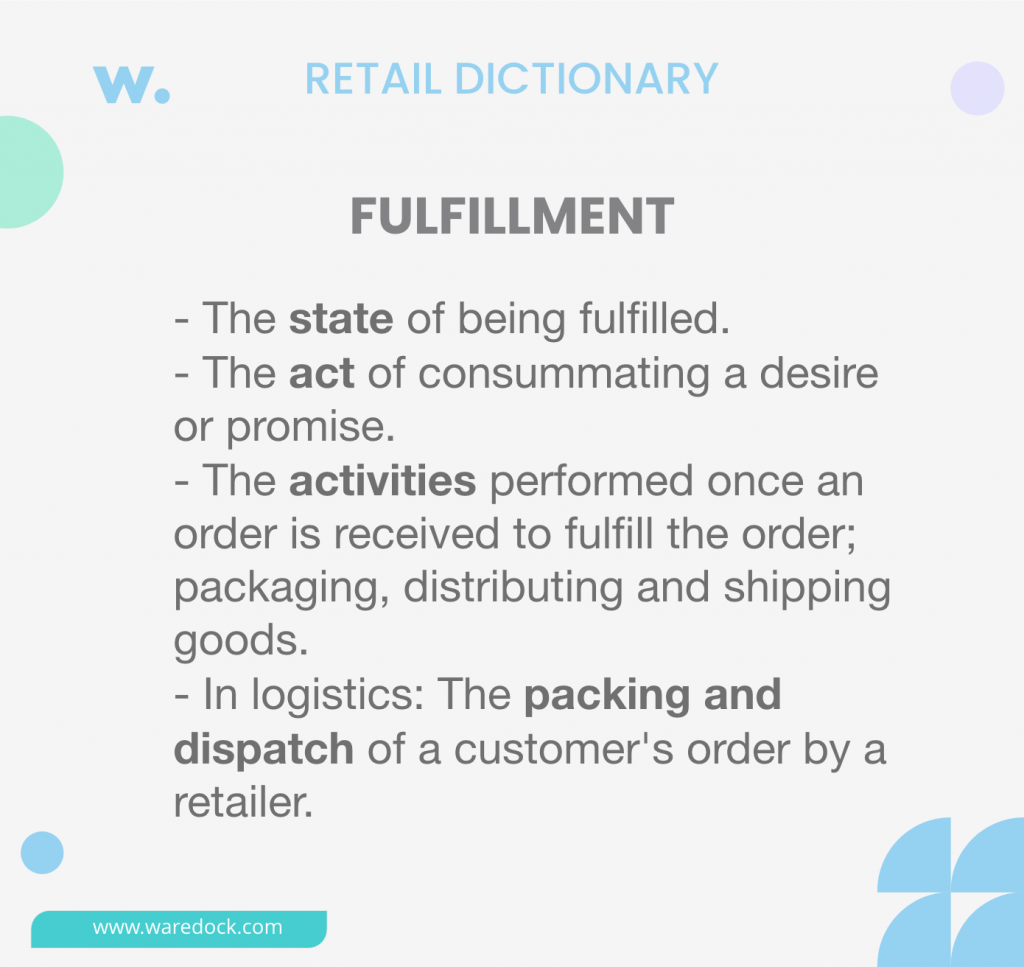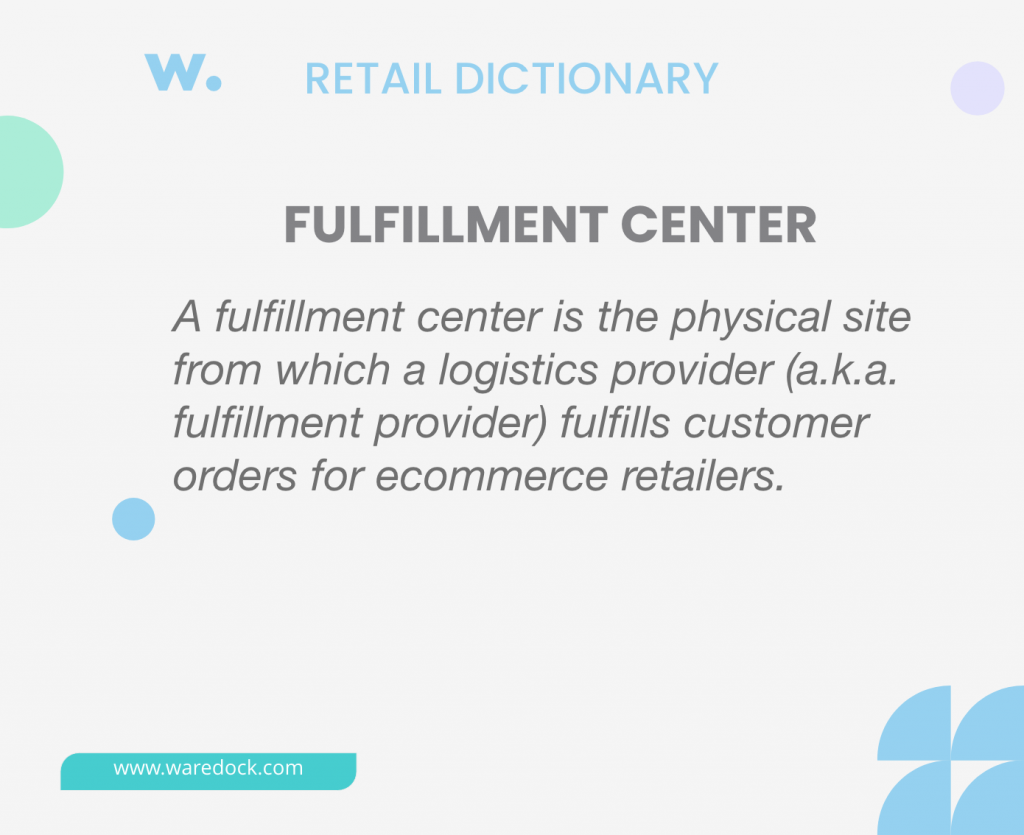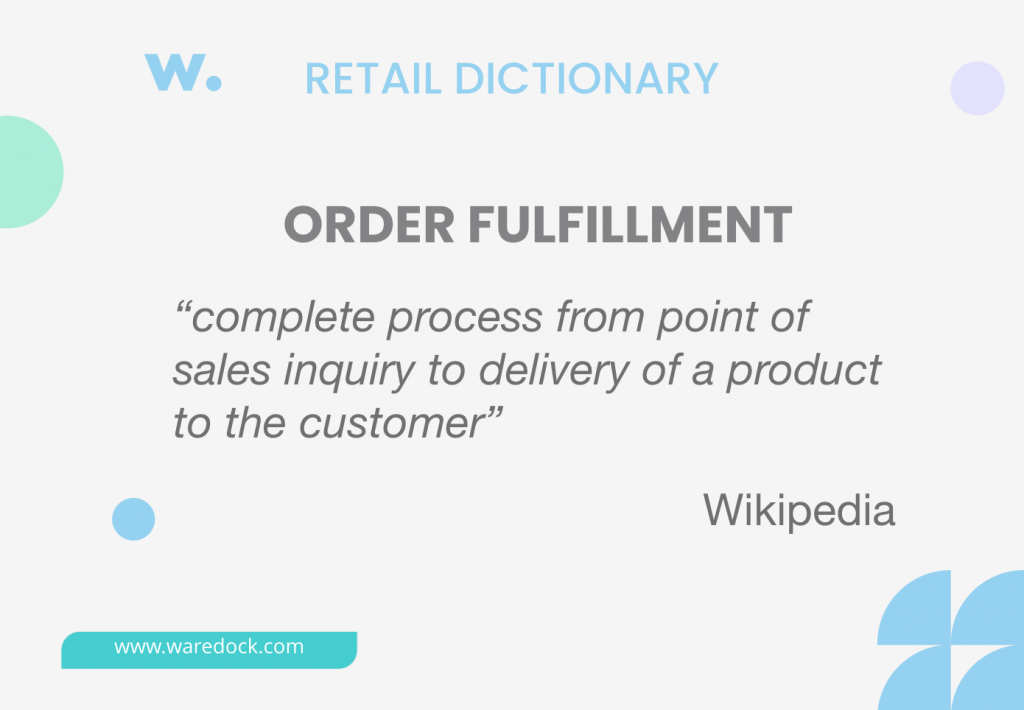When expanding your ecommerce business globally, you will encounter new challenges.. One of these potential challenges involves familiarizing yourself with a new language and local terminology.
Amidst your efforts to streamline international logistics, you may encounter the term “fulfillment” while researching how to execute orders overseas. It’s possible that you’re confused and questioning the difference between “fulfillment” and “fulfilment.” If you’re unsure about which spelling to use, keep reading to discover the distinctions between the two terms.
Table of Contents
Depending on your country, you’ll hear one of these terms in the shipping and fulfillment industry. This means that both fulfilment and fulfillment are correct depending on where you’re located. This concept is the same with fulfillment centers. You could say fulfillment center or fulfilment center. We’ll discuss the common misconceptions of how to spell fulfillment in this blog post to understand where each term is used.
You might use a fulfilment warehouse in the USA. There you might run into the word “fulfillment.” So no, it’s not a typo!
In short, fulfillment is an alternative form of fulfilment. Below we discuss the use of the verbs in logistics context. For all logistics related terms visit our Wordbook.
Fulfilment Definition and Meaning
What is the meaning of fulfillment?
According to Cambridge English Dictionary “fulfillment” can mean several things. It can be:
– The state of being fulfilled.
– The act of consummating a desire or promise.
– The activities performed once an order is received to fulfill the order; packaging, distributing and shipping goods.
– In logistics: The packing and dispatch of a customer’s order by a retailer.
Cambridge English Dictionary

What is the meaning of fulfilling?
According to the Oxford dictionary fulfilling (adjectiv) means making someone satisfied or happy through allowing their character or abilities to develop fully.”a fulfilling and rewarding career”.
Which is correct Fulfilment or fulfillment?
Fulfillment is an alternative form of fulfilment.
In the US correct spelling for the English word “fulfillment” is [fʊlfˈɪlmənt], [fʊlfˈɪlmənt], [f_ʊ_l_f_ˈɪ_l_m_ə_n_t]. In the UK spelling for “fulfilment” is [fʊlˈfɪlmənt]
| fulfilment | fulfillment |
|---|---|
ENGLISH (UK) Noun
| ENGLISH (USA) Noun |
How do you spell fulfill?
So how to spell “fulfill”? Fulfill is the spelling commonly used in the United States. Fulfil is the spelling commonly used in English speaking countries like the UK and Australia. Correct spelling for “fulfil” in UK and Australia is “fulfil” /fʊlˈfɪl/ (say fool’fil). Similarly, British say “fulfilment” rather than “fulfillment“
Which is correct to use in Canada Fulfilment or fulfillment ?
While fulfill is the spelling commonly used in the United States, in Canada, they use both spellings.
Fulfillment Center vs Fulfilment Centre
Following the logic discussed above – the correct term in American English is fulfillment center. Using the term “fulfilment center” is not considered correct in either form of English.
What is a Fulfilment Center?
Fulfilment center (in American English: fulfillment house and fulfillment centre) serves as the hub for all logistics processes needed to get a product from the seller to the customer. It handles the entire order fulfilment process, ranging from order picking and processing to packaging and shipping. A third-party logistics (3PL) provider, such as Waredock, uses the fulfilment center to receive, process, and fulfill customer orders for ecommerce retailers.A fulfilment center exists to get online orders to customers in a timely fashion and relieve ecommerce companies of managing this crucial-yet-challenging process.

How Waredock can fulfil(l) for eCommerce Sellers in Different Countries
Whether you’re shipping from the U.S or from another country, you need a reliable logistics partner who can seamlessly handle your international fulfillment. With a distributed network of fulfillment centers across the globe, an international 3PL like Waredock can fulfill orders for ecommerce sellers in different countries.
If you’re selling to customers in European Union or the U.K, Waredock can deliver a world-class fulfillment experience with our strategically located fulfillment centers. . Having numerous fulfillment centers across EU allows fast and affordable fulfillment of in-country orders.
For example, Waredock’s Poland fulfillment center helps you get international orders to your European customers as early as 1 business day for local Polish and German addresses. From this fulfillment center, orders to France and the U.K take 2-3 days to get delivered and orders to Spain will take 4-5 days to get delivered.
Waredock is the 3PL that powers international fulfillment for many of today’s most popular brands. For example, Coimbra sells sunglasses to customers in 23 different countries. The brand has moved inventory to Poland to streamline their international fulfillment and reduce costs.
When shipping to or from America or England, which spelling is correct?
The correct spelling to use depends on whether you’re shipping from America or from other countries that use British English.
If you’re shipping from America, “fulfillment” would be the better option. If you’re shipping from the U.K or any other country that uses British English, then you should use “fulfilment.” This includes countries like Australia and India. In Canada, both variations of the word are used.
Regardless, the spelling shouldn’t be too much of a problem. The complexities of global shipping mainly involve shipping tariffs, customs regulations, insurances, address requirements, and transit times. Additionally, you may experience some complications when shipping restricted items. As long as you work with a reliable global shipping partner, you can trust them to handle all these complexities and ensure a smooth fulfillment process.
What’s the Difference Between a Fulfillment Center vs. Warehouse Amazon?
One of the major misconceptions people get about fulfillment is the difference between fulfillment centers and warehouses. The major difference between a fulfillment center and a warehouse like Amazon is that warehouses only store customer products.
On the other hand, fulfillment centers handle all stages of order fulfillment, from picking, packing, and shipping out orders. Unlike fulfillment centers, warehouses are static and are meant for short-term or long-term storage. Depending on your fulfillment center needs, warehouses come in various types, and they include:
- Private Warehouse
- Public Warehouse
- Automated Warehouse
- Climate-Controlled Warehouse
- On-Demand Warehouse
On the other hand, Fulfillment centers are more complex and in constant motion. Used by multiple merchants who need to fulfill customer orders, they offer a wide range of services like:
- Pickup of products for individual customer orders
- Gathering of inventory
- Order packing
- Shipment labeling
- Managing customer exchanges and returns
- Ability to guarantee next-day or same-day delivery in various locations
Overall, your business may require you to use a warehouse and fulfillment center, depending on your company’s needs.
What is Order Fulfilment?
Order fulfillment (in British English: order fulfilment) is in the most general sense the complete process from point of sales inquiry to delivery of a product to the customer.

In e-commerce, order fulfilment is the process that an order goes through before it reaches the hands of your customer.
Product Fulfilment Process
Product fulfilment process includes the following steps
- Receiving or inbound shipping. Your goods arrive in the fulfilment center, usually via freight, and are logged into inventory.
- Storage. The fulfilment center stores your products until they go out to your customers.
- Picking. When an order comes in, a picker pulls the items to fill that order.
- Packing. After picking, the order goes to a packing station. A packer boxes it, making sure to use enough infill to protect the items.
- Shipping. Carriers pick up packages for delivery.
Ideally, you’ll fulfil all your orders efficiently, meaning you can operate with reduced running costs and get the orders to your customers quickly. But you’ll also need to carefully balance this speed with accuracy so that you send the right items to the right customers.
It’s impossible to overstate the importance of fulfilment for the overall customer experience. Spoiled by Amazon, customers expect to get their purchase as quickly as possible, and they love free shipping. However, they certainly notice when their delivery is delayed, especially when they’ve paid extra for shipping.
What is in-house order fulfilment?
With in-house order fulfilment, also known as self-fulfilment, your team takes care of the entire end-to-end fulfilment process, preparing all orders for delivery and dealing with returns and delays. Small business owners often start off with in-house order fulfilment (sometimes literally in their living rooms!) and then make the switch to larger-scale methods as they grow.
While in-house order fulfilment allows you to keep tight control on the entire process, it takes up a lot of time and energy that you could spend on growing your business. At a certain point, you won’t be able to fulfil all of your orders independently. You’ll need to either build fulfilment infrastructure or outsource it entirely.
If you decide to go the in-house fulfilment route, you need to secure warehouse space, recruit staff, train them on your processes, and purchase the correct software and equipment. The benefits of remaining in-house fulfilment means you can make sure customers continue to get the high level of service they have grown accustomed to. As long as you continue to tweak and improve your processes you can maintain low running costs which can be less than a 3PL alternative.
Third-party fulfilment (3PL)
When you start spending a little too much time packing boxes and printing labels, you’ve run out of space to store your shipments, and you need more time to focus on your business; it might be time to move to 3PL. 3PL companies take care of your entire fulfilment process, including receiving your inventory direct from the manufacturer and handling your returned items.
3PLs tend to work with many businesses, giving them the bulk ordering power to negotiate big discounts from carriers. They also have considerable expertise with shipping and can handle all kinds of issues that might arise. You no longer need any warehouse space for your products, you don’t have to fiddle with WMS software, nor do you need a fulfilment workforce.
Of course, working with 3PLs can have a downside, as they can compromise your quality if you don’t use a reputable firm. Discover below verified warehouses from Waredock:
Hybrid fulfilment
Hybrid fulfilment is where a company uses a variety of different fulfilment types. For example, some products may be fulfilled in-house while others are fulfiled by a 3pl or are drop shipped. This is a great way to expand into new markets. For example, your main warehouse could be somewhere in the USA but to make sure you can deliver quickly across the world you might use a 3PL to dispatch items from the Netherlands in Europe.
Waredock Fulfillment Network
Why we are writing about this? Waredock is a cloud logistics company offering fulfilment, and warehousing services in Europe and US. As an alternative to the Amazon Fulfillment Network we help customers stock their goods and do fulfillment from major metropolitan areas in Europe. As these terms often get misspelled we wanted to highlight the differences for non-English speakers. If you are looking to make your fulfilment process faster and cheaper then sign up today!



